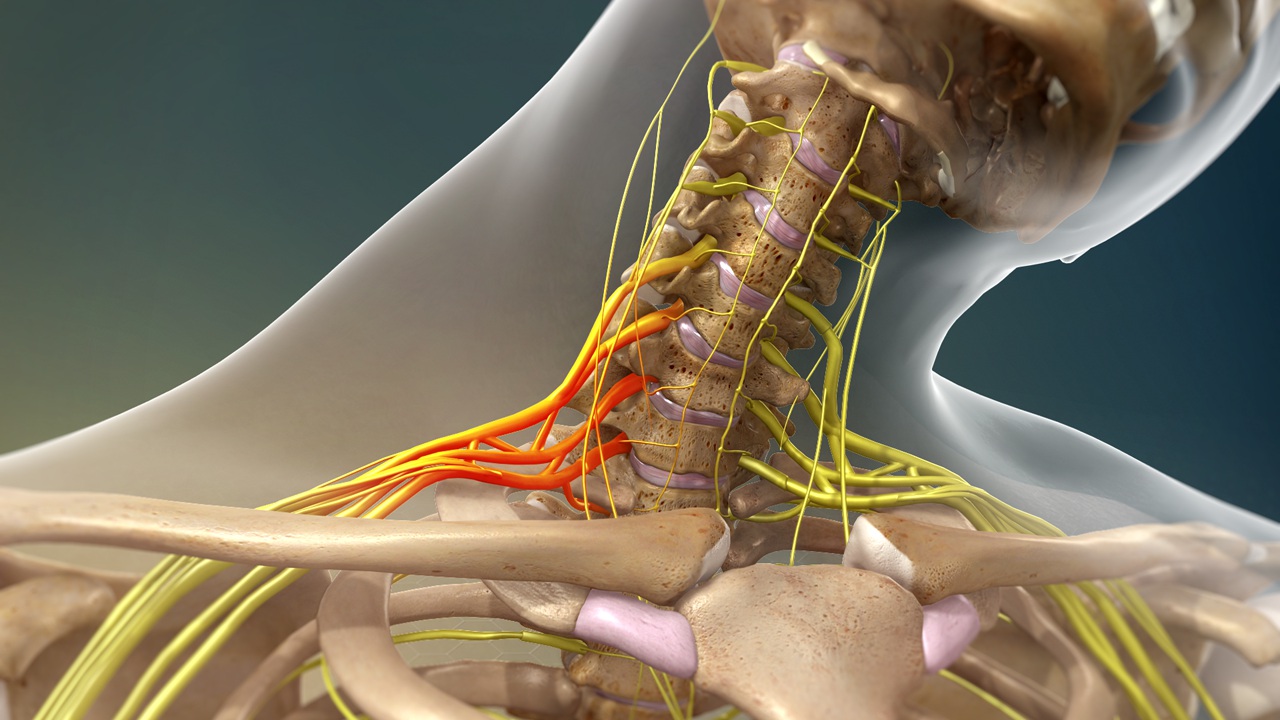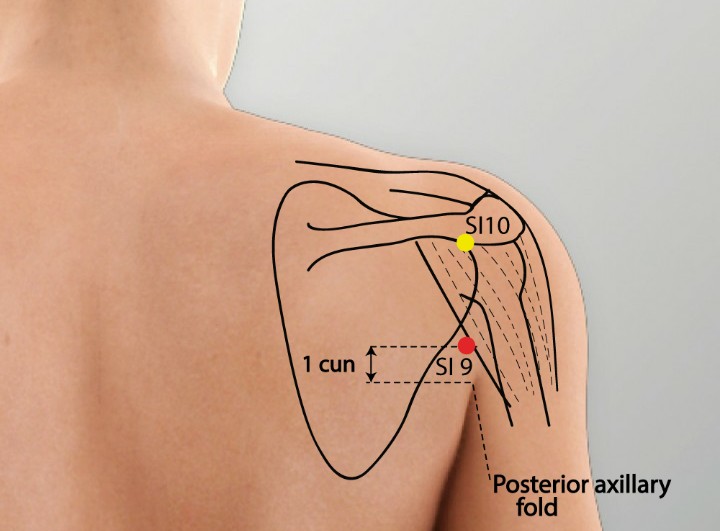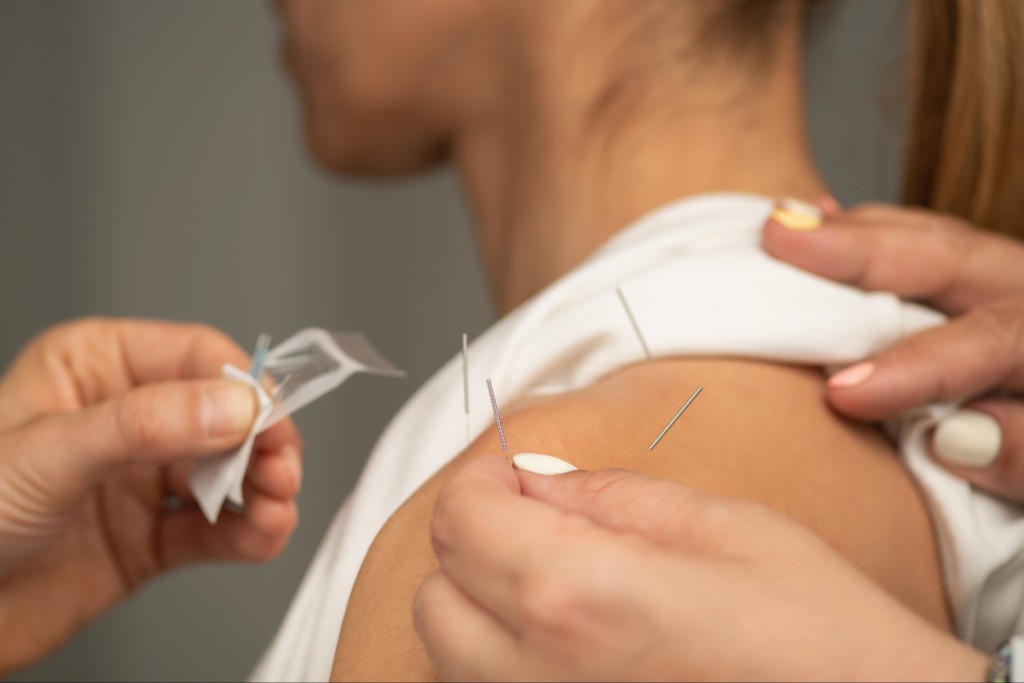Brachial Plexus Injury and Acupuncture Treatments
A brachial plexus injury (BPI) occurs when the network of nerves that connects the spinal cord to the shoulder, arm, and hand is damaged. These nerves, known as the brachial plexus, control movement and sensation in the upper limb. Injuries can range from mild stretches to severe tears, leading to symptoms like pain, numbness, or weakness. BPIs can significantly impact daily life, making early diagnosis and treatment crucial. This article explores the causes, symptoms, diagnosis, and treatment options for brachial plexus injuries, offering a comprehensive guide for those affected.
- What Is the Brachial Plexus?
- Causes of Brachial Plexus Injury
- Types of Brachial Plexus Injuries
- Symptoms of Brachial Plexus Injury
- Diagnosis of Brachial Plexus Injury
- Treatment Options for Brachial Plexus Injury
- Prevention Tips
- Acupuncture for Brachial Plexus Injury
- How Acupuncture Works for Brachial Plexus Injury
- Scientific Evidence for Acupuncture
- Key Acupuncture Points for Brachial Plexus Injury
- Acupuncture Treatment Process
- Benefits of Acupuncture for Brachial Plexus Injury
- Risks and Considerations
- Integrating Acupuncture with Other Treatments
- Conclusion
What Is the Brachial Plexus?
The brachial plexus is a complex bundle of nerves originating from the cervical (C5–C8) and thoracic (T1) spinal nerve roots. It extends from the neck through the shoulder and into the arm, controlling motor and sensory functions. Damage to this network disrupts communication between the brain and upper limb, leading to a range of symptoms depending on the injury’s severity and location.
Maybe You Need:
Causes of Brachial Plexus Injury
BPIs can result from various mechanisms, including:
- Trauma: High-impact injuries, such as those from car accidents, falls, or sports (e.g., football, wrestling), are common causes. These often lead to stretching or tearing of the nerves.
- Birth Injuries: During childbirth, excessive stretching of an infant’s shoulder can cause BPIs, known as Erb’s palsy or Klumpke’s palsy.
- Compression: Prolonged pressure on the brachial plexus, such as from poor posture, carrying heavy backpacks, or tumors, can lead to nerve irritation.
- Inflammation: Conditions like brachial neuritis (Parsonage-Turner syndrome) cause sudden inflammation and pain in the brachial plexus.
- Penetrating Injuries: Stab wounds or gunshot injuries can directly damage the nerve network.
- Medical Procedures: Rarely, surgeries or nerve blocks near the shoulder can injure the brachial plexus.

Types of Brachial Plexus Injuries
BPIs are classified based on severity:
- Neurapraxia: Mild stretching or compression, causing temporary symptoms with full recovery expected.
- Neuroma: Scar tissue forms around a partially damaged nerve, leading to chronic pain or weakness.
- Rupture: The nerve is torn but not at the spinal cord, requiring surgical repair.
- Avulsion: The most severe, where the nerve is torn from the spinal cord, often causing permanent damage.
Symptoms of Brachial Plexus Injury
Symptoms vary based on the injury’s type and severity:
- Pain: Sharp, burning, or electric-shock-like pain in the shoulder or arm, often immediate after trauma.
- Numbness or Tingling: A “pins and needles” sensation in the arm, hand, or fingers.
- Weakness: Difficulty moving the shoulder, arm, or hand, ranging from mild to complete paralysis.
- Loss of Sensation: Reduced ability to feel touch, temperature, or pain in the affected limb.
- Horner’s Syndrome: In severe cases (e.g., avulsion), symptoms like drooping eyelids or a small pupil may occur due to nerve root involvement.
Symptoms may be temporary (e.g., in neurapraxia) or persistent (e.g., in avulsions), requiring different treatment approaches.
Diagnosis of Brachial Plexus Injury
Accurate diagnosis is essential for effective treatment. A healthcare provider may:
- Conduct a Physical Exam: Assess muscle strength, reflexes, and sensation in the arm and shoulder.
- Order Imaging Tests: X-rays, MRI, or CT scans identify structural damage, such as fractures or nerve tears.
- Perform Nerve Tests: Electromyography (EMG) or nerve conduction studies evaluate nerve function and damage extent.
- Review Medical History: Discuss the injury’s cause, symptoms, and duration to determine severity.

Treatment Options for Brachial Plexus Injury
Treatment depends on the injury’s type and severity, ranging from conservative to surgical approaches:
Conservative Treatments
- Rest and Immobilization: Avoiding aggravating movements and using slings to rest the arm.
- Physical Therapy: Exercises to maintain range of motion, strengthen muscles, and prevent stiffness.
- Medications: Pain relievers (e.g., ibuprofen), corticosteroids, or nerve pain medications (e.g., gabapentin) to manage symptoms.
- Observation: Mild injuries like neurapraxia often resolve within weeks to months with monitoring.
Surgical Treatments
- Nerve Repair: Suturing torn nerves in ruptures.
- Nerve Grafting: Using healthy nerves from another body part to bridge gaps in damaged nerves.
- Nerve Transfer: Redirecting healthy nerves to restore function in severe cases.
- Muscle or Tendon Transfers: For chronic injuries with permanent nerve damage.
Alternative Therapies
- Acupuncture: May reduce pain and improve nerve function (detailed in the next article).
- Chiropractic Care: Addresses associated musculoskeletal issues.
- Massage Therapy: Relieves muscle tension and improves circulation.
Prevention Tips
Preventing BPIs involves:
- Using Proper Technique: In sports or lifting to avoid shoulder trauma.
- Maintaining Good Posture: To reduce nerve compression.
- Wearing Protective Gear: In contact sports or high-risk activities.
- Strengthening Muscles: Regular exercises to support the shoulder and neck.
- Avoiding Overuse: Limit repetitive motions that strain the brachial plexus.
Seek immediate medical attention if you experience:
- Sudden, severe pain or weakness in the arm or shoulder.
- Persistent numbness or tingling lasting more than a few days.
- Signs of Horner’s syndrome or loss of arm function.
- Symptoms following trauma, such as a fall or accident.

Acupuncture for Brachial Plexus Injury
A brachial plexus injury (BPI) disrupts the nerve network controlling the shoulder, arm, and hand, causing pain, numbness, or weakness. While conventional treatments like physical therapy or surgery are standard, acupuncture—a traditional Oriental medicine (TOM) practice—offers a complementary approach to manage symptoms and support recovery. By stimulating specific acupoints, acupuncture aims to relieve pain, reduce inflammation, and promote nerve healing.
How Acupuncture Works for Brachial Plexus Injury
In TOM, BPIs are seen as disruptions in qi (energy) and blood flow, often due to trauma, stagnation, or inflammation. Acupuncture involves inserting fine, sterile needles into specific points to restore balance, alleviate blockages, and enhance healing. Its mechanisms include:
- Pain Relief: Stimulates endorphin release and modulates pain pathways in the nervous system.
- Inflammation Reduction: Decreases pro-inflammatory cytokines, easing nerve irritation.
- Nerve Regeneration: Enhances blood flow and nerve signaling, supporting recovery.
- Muscle Relaxation: Relieves tension in shoulder and neck muscles that may compress nerves.
Scientific studies suggest acupuncture influences the peripheral and central nervous systems, making it a promising therapy for nerve-related conditions like BPI.
Scientific Evidence for Acupuncture
Research supports acupuncture’s role in managing nerve pain and injury:
- A 2016 study in The Journal of Alternative and Complementary Medicine found acupuncture reduced neuropathic pain and improved function in patients with nerve injuries.
- A 2020 review in Frontiers in Neuroscience reported that acupuncture enhanced nerve regeneration and reduced inflammation in peripheral nerve injuries.
- Mechanisms: Acupuncture may stimulate nerve growth factors and improve microcirculation, aiding nerve repair in BPIs like neurapraxia or neuromas.
While evidence is promising, more large-scale studies are needed to confirm acupuncture’s efficacy for severe BPIs like avulsions.

Key Acupuncture Points for Brachial Plexus Injury
Acupuncturists select points based on the injury’s location (e.g., upper, middle, or lower brachial plexus) and symptoms (e.g., pain, numbness, weakness). Below are key acupoints, their locations, TOM functions, and applications:
- LI15 (Jianyu): Located on the shoulder, in the depression anterior and inferior to the acromion when the arm is raised. This Large Intestine meridian point relieves shoulder pain, improves arm mobility, and reduces inflammation. It’s ideal for upper brachial plexus injuries (e.g., Erb’s palsy) and shoulder stiffness.
- SI9 (Jianzhen): On the posterior shoulder, one cun above the axillary crease when the arm is adducted. A Small Intestine meridian point, it alleviates arm and shoulder pain, relaxes muscles, and supports nerve function. It’s effective for pain radiating from the shoulder to the arm.

- GB21 (Jianjing): On the shoulder, midway between the C7 vertebra and the acromion’s outer edge. This Gallbladder meridian point relieves neck and shoulder tension, reduces pain, and promotes qi flow. It’s used for BPIs caused by muscle compression or poor posture.
- LI4 (Hegu): On the hand, between the thumb and index finger. A key Large Intestine meridian point, it reduces systemic pain and inflammation, complementing local points. It’s used for general pain relief and stress reduction in BPI.
- PC6 (Neiguan): On the inner forearm, two cun above the wrist crease. A Pericardium meridian point, it calms the mind, reduces nerve-related pain, and improves arm circulation. It’s effective for numbness or tingling in the hand.
- BL11 (Dazhu): On the upper back, 1.5 cun lateral to the T1 vertebra. A Bladder meridian point, it strengthens bones and nerves, addressing upper brachial plexus injuries and shoulder weakness.
- GV14 (Dazhui): On the midline of the neck, below the C7 vertebra. A Governing Vessel point, it clears heat, reduces inflammation, and supports nerve function in the neck and upper limbs.

Point Selection in Practice
- Upper Brachial Plexus (Erb’s Palsy): LI15, SI9, and GB21 target shoulder pain and weakness.
- Lower Brachial Plexus (Klumpke’s Palsy): PC6 and LI4 address hand numbness and weakness.
- General Pain and Inflammation: LI4 and GV14 provide systemic relief.
- Chronic Weakness: BL11 and ST36 (below) support nerve and muscle recovery.
- ST36 (Zusanli): Below the knee, three cun below the patella, one finger’s width lateral to the tibial crest. A Stomach meridian point, it boosts qi, enhances healing, and reduces arm and shoulder discomfort indirectly by supporting overall energy.
Acupuncture Treatment Process
Treatment Protocol
- Consultation: The acupuncturist evaluates symptoms, injury history, and nerve involvement (e.g., upper vs. lower plexus). They may assess arm movement and sensation.
- Customized Plan: Points are chosen based on the injury type (e.g., neurapraxia, avulsion) and symptoms. For example, LI15 and SI9 for shoulder pain, PC6 for hand numbness.
- Needle Insertion: Sterile, fine needles are inserted, often using Japanese acupuncture’s gentle techniques for minimal discomfort.
- Complementary Therapies: Moxibustion (e.g., on BL11) or cupping (e.g., on GB21) may enhance circulation and muscle relaxation.
- Session Details: Sessions last 30–60 minutes, with 8–12 weekly or biweekly visits recommended for noticeable improvement.
Benefits of Acupuncture for Brachial Plexus Injury
- Pain Relief: Reduces sharp or burning pain without heavy reliance on medications.
- Improved Sensation: May alleviate numbness or tingling in the arm or hand.
- Enhanced Mobility: Relaxes muscles and improves shoulder and arm function.
- Non-Invasive: Low risk compared to surgery or injections.
- Holistic Support: Addresses stress and systemic inflammation, aiding overall recovery.
Risks and Considerations
- Mild Side Effects: Soreness or bruising at needle sites, typically resolving quickly.
- Infection Risk: Rare with sterile needles and licensed practitioners.
- Limitations: Acupuncture may not fully restore function in severe avulsions, requiring surgical consultation.
- Contraindications: Avoid in cases of active infections or severe bleeding disorders.
Consult a neurologist or orthopedist before acupuncture, especially for severe BPIs.

Integrating Acupuncture with Other Treatments
For optimal results, combine acupuncture with:
- Physical Therapy: Strengthens muscles and improves range of motion.
- Medications: Pain relievers or anti-inflammatories for short-term relief.
- Occupational Therapy: Helps regain hand and arm function.
- Lifestyle Changes: Posture correction and stress management to prevent recurrence.
In Tokyo, integrative clinics often combine acupuncture with Kampo (Japanese herbal medicine) for enhanced outcomes.
Conclusion
Acupuncture offers a valuable complementary approach for managing brachial plexus injuries, providing pain relief, improved sensation, and enhanced mobility. Key acupoints like LI15, SI9, and PC6 target specific symptoms, while Tokyo’s skilled practitioners ensure safe, effective care. By integrating acupuncture with physical therapy and other treatments, patients can optimize recovery. Consult a healthcare provider to determine if acupuncture suits your BPI treatment plan, and explore Tokyo’s holistic clinics for professional care.
Fuji Wellness:
- Address: 132-0031 Matsushima 1-chome, 21-14, Tokyo, Japan
- Chat with us: Click here
- Email: sunnyphamsensei@gmail.com





